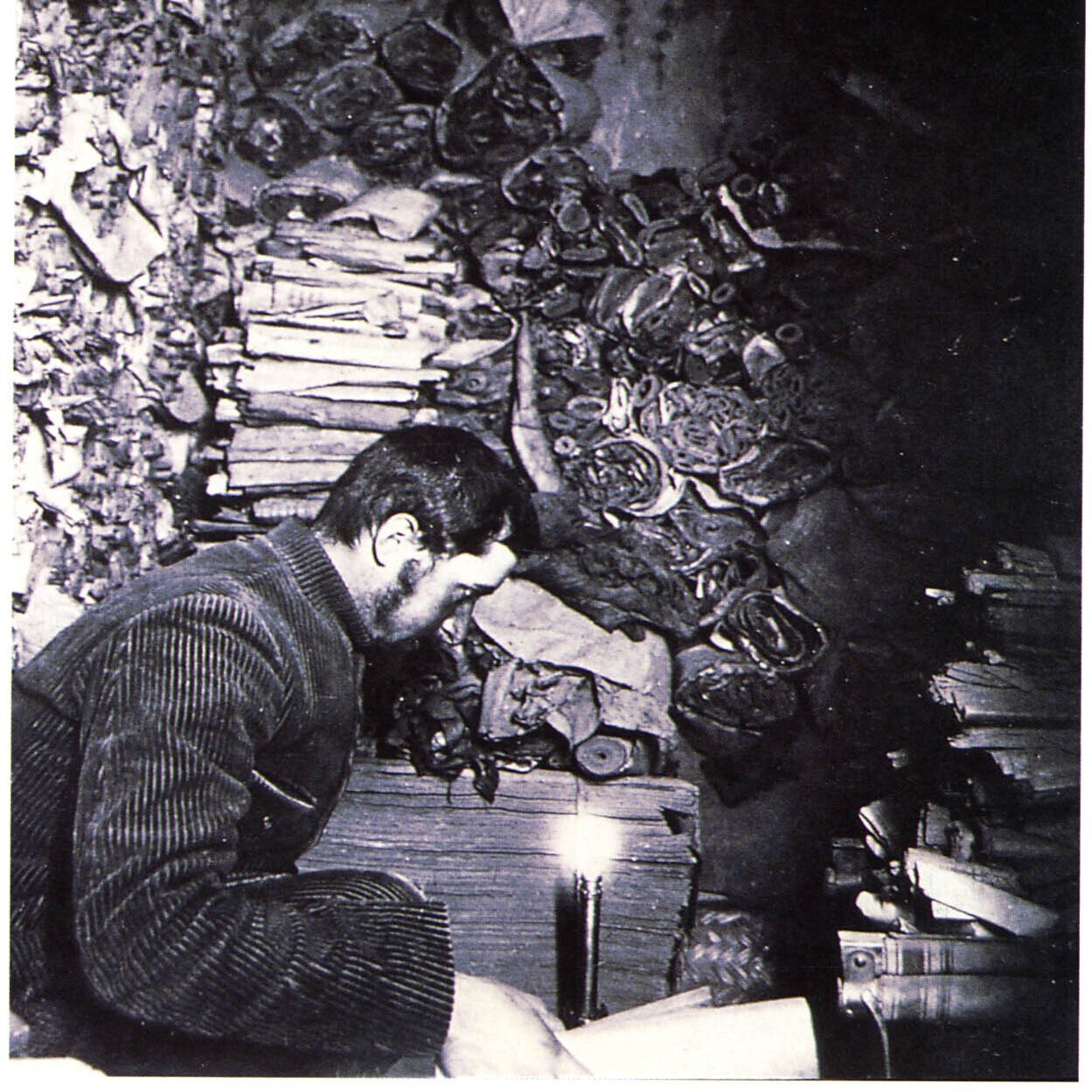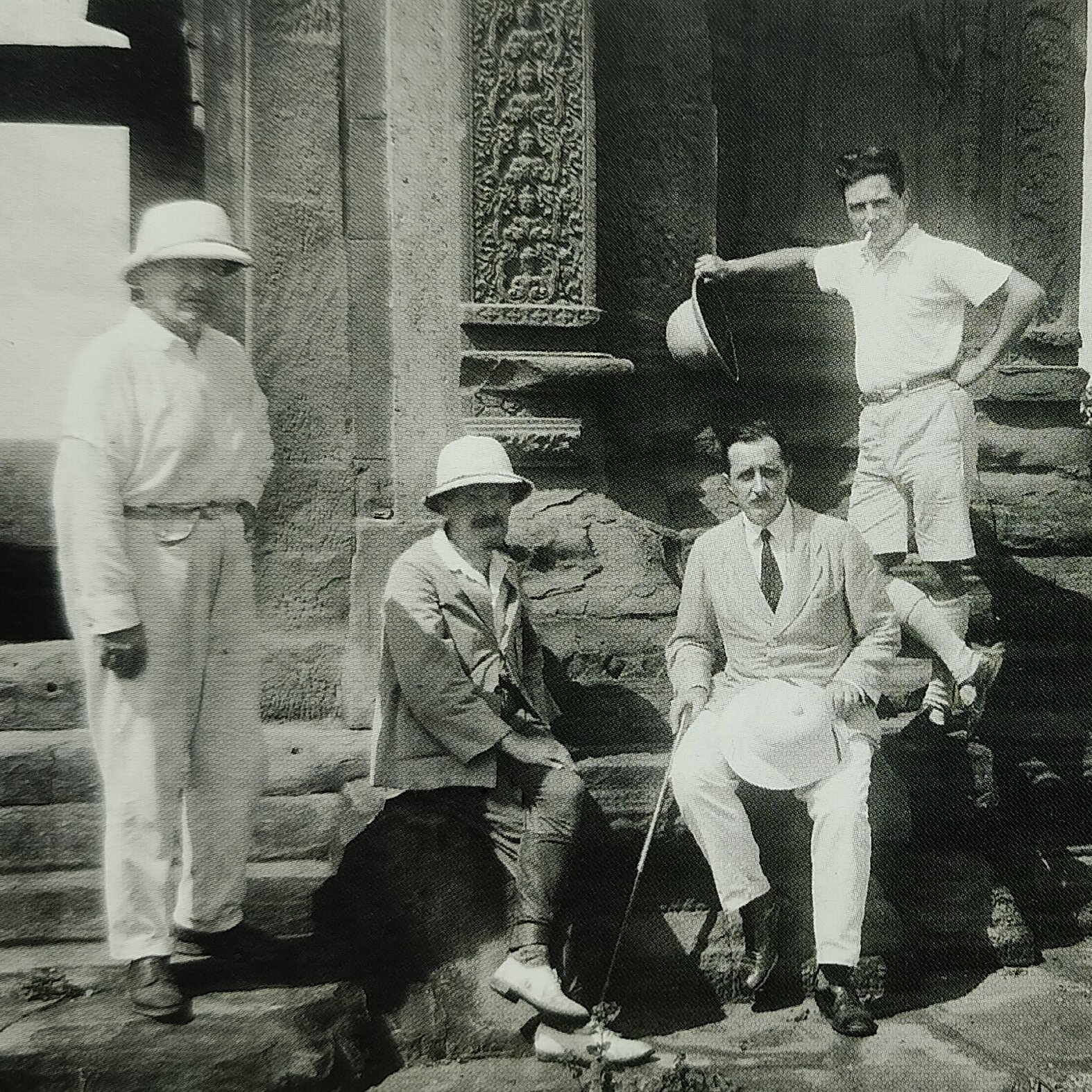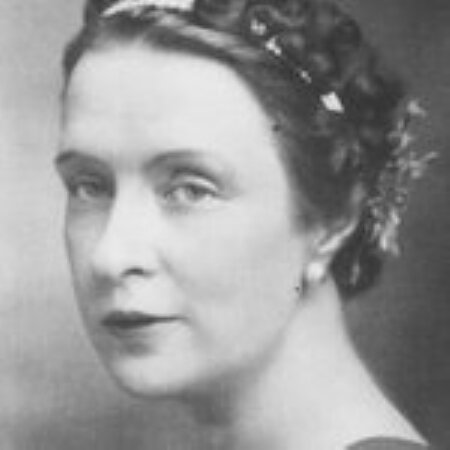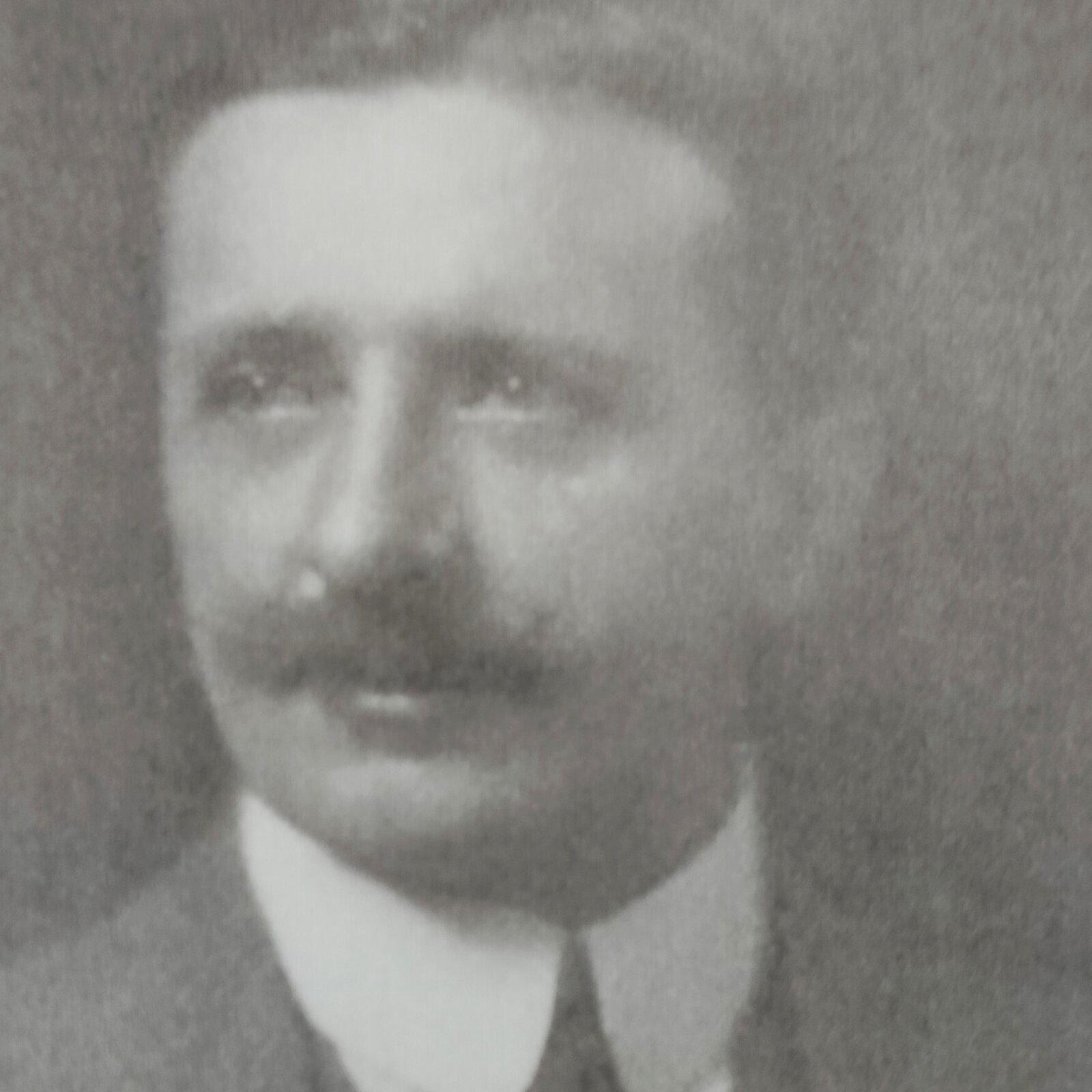Paul Pelliot
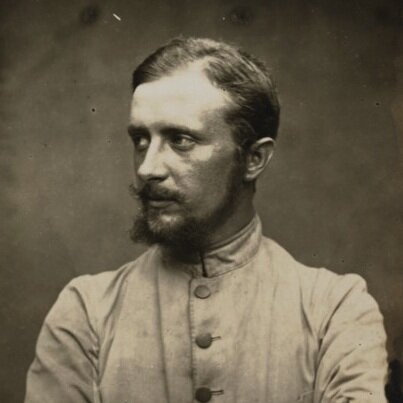
French sinologist and linguist Paul Eugène Pelliot (28 May 1878, Paris- 26 Oct. 1945, Paris) came across the oldest written account on Angkor, The Customs of Cambodia by Chinese diplomat Zhou Daguan, while he was researching the travelogues of famous explorer Marco Polo and the collection of Dunhuang manuscripts. He authored the most reliable French translation of Zhou’s journal in 1902.
Trained in Mandarin Chinese by Edouard Chavannes, in Sanskrit advanced studies by Sylvain Lévi, Pelliot was one of the first illustrious members of Ecole Française d’Extreme Orient (EFEO), which he defended with a passion that turned into ire when blamed Etienne Aymonier for his views on the history of Funan, pushing away the pioneer Khmerologist from EFEO. First a research scholar for EFEO in Hanoi in 1900, he moved to Beijing a few months later, returning briefly to Hanoi in 1903 and representing EFEO at the 1905 International Conference of Orientalists in Algiers. He left EFEO — noting in 1925 “I owe everything to the School!” ‑around the time he directed the 1906 – 1909 French archaeological mission to Chinese Turkestan (modern Xinjiang), bringing back some 10,000 manuscripts in Chinese, Tibetan, Sanskrit, Uigur, and from Beijing some 30,000 books donated to the Paris Bibliothèque nationale , as well as Chinese porcelain and ceramic pieces left to Hanoi Finot Museum.
1) Paul Pelliot at work in Cave 17 at Dunhuang site in 1908 [source: Musée Guimet, AP8187] From left to right, Victor Goloubew, Henri Marchal, Paul Pelliot and Georges Trouvé in front of Prasat Bakheng, 1931 [photo EFEO].
In 1920, he joined Henri Cordier as co-editor of the preeminent sinological journal T’oung Pao, serving as editor — and co-editor with J. J. L. Duyvendak from 1932 — until 1942. After Cordier’s death in 1924, Pelliot edited T’oung Pao alone until he was joined by Dutch sinologist in 1932. he became a reference in Chinese, Mongolian, Persian, Uigur and Central Asian studies, holding the Chair of the Languages, History, and Archaeology of Central Asia which the Collège de France established especially for him in 1911.
During WWI, Pelliot had fought in the Dardanelles, where he won the Victoria Cross for his heroism in taking command of a British regiment when all its officers were killed. Later he served as French military attaché in Peking and Vladivostock, where he married Marjanna Skupieńska-Karwowska [transposed as Marianne Skoupenska-Karvosky in French], born on 19 May 1895 in Gdow [Austria-Hungary, now in Poland. Herself a noted researcher in Tibetan studies, sinologist and explorer, Madame Pelliot assisted him during his long illnesss and took charge of his scientific legacy after his death, while publishing several novels such as Le sorcier du lac vert (1950) or La chevelure de Bérénice (1955).
Rejecting all form of collaboration with the Nazis in 1940, Pelliot was briefly jailed before retiring at the Ennery Museum which he directed, an elegant hotel particulier on Avenue Foch where he was one of the first to float the tricolor flag at the 1945 Liberation, shortly before his death. Now part of the Guimet Museum, the Ennery collection of some 7,000 artpieces from China and Japan had been built by French actress Clémence Desgranges, the wife of journalist and playwright Adolphe Philippe d’Ennery.
Marianne Skoupenska-Karvosky-Pelliot and Paul Pelliot in their thirties.
Paul Pelliot left many uncompleted studies, in particular a) the Onomasticon in the great Marco Polo edition which he had been working on with Rev. A. C. Moule, and b) an expanded edition [with new annotations] of Zhou Daguan’s description of Angkor at the end of the 13th century, published posthumously by George Coedès and Paul Demiéville, the latter one of Pelliot’s numerous former students to become renowned sinologists. Among other important manuscripts donated to Guimet Museum by his widow were: c) Histoire secrète des Mongols. Restitution du texte mongol et traduction française fragmentaire (published in 1949, Paris, Maisonneuve & Larose; digital version via UQÀM (Université du Québec à Montréal) [1]; d) Traduction française des 136 premières pages de l’Histoire des Mongols de Rachid Ad-Din Fadl-Allah; e) Notes sur l’histoire de la Horde d’Or. — Quelques noms turcs d’hommes et de peuples finissant en ar; f) Histoire du Tibet ancien d’après les Histoires des T’ang; g) Notes critiques d’histoire kalmouke; f) Un vocabulaire arabo-mongol du XIVe siècle; h) Notes mongoles; h) Trois articles sur la géographie ancienne du Turkestan chinois; i) L’inscription nestorienne de Si-ngan-fou; j) Les débuts de l’imprimerie en Chine.
[1] The oldest written source in Mongol language, Secret History of the Mongols (know as 元秘史 Yuán mìshǐ or 元朝秘史 Yuáncháo bìshǐ in Chinese, Монголын нууц товчоо Mongoly nuuch tovcho in Russian) has been dated between 1222 and 1264 by different scholars (Pelliot dated it to 1240.) The first peer-approved English translation came only in the 2000s: Secret History of the Mongols: A Mongolian Epic Chronicle of
the Thirteenth Century, tr. by Igor de Rachewiltz (2004−2005, revised edition 2015; digital version via UQÀM (Université du Québec à Montréal).
Selected Publications
- “Mémoire sur les coutumes du Cambodge”, BEFEO 2, 1902, p. 123 – 177.
- “Le Fou-Nan”, BEFEO 3, 1903, p. 248 – 303.
- “Deux itinéraires chinois de Chine en Inde à la fin du VIIIe siècle”, BEFEO 4, 1904, p. 131 – 413.
- [with L. Cadière] “Première étude sur les sources annamites de l’histoire d’Annam”, BEFEO 4, 1904, p. 617 – 671.
- “Une bibliothèque médiévale retrouvée au Kan-Sou”, BEFEO 8, 1908, p. 501 – 529.
- [with É. Chavannes] “Un traité manichéen retrouvé en Chine”, Journal Asiatique (JA) 18, 1911, p. 499 – 617; 2e série, 1 (1913), p. 99 – 199, 261 – 394.
- “Les influences iraniennes en Asie centrale et en Extrême-Orient”, Revue d’Histoire et de Littérature Religieuses 3, 1912, p. 97 – 119.
- “Mo-ni et manichéens,” JA 1914, p. 461 – 70.
- “Le ‘Cha-tcheou-tou-fou-t’ou-king’ et la colonie sogdienne de la région du Lob Nor”, JA 1916, p. 111 – 23.
- “Le Chou-king et le Chang-chou-che-wen”, Mémoires concernant l’Asie orientale II, 1916, p. 123 – 177.
- Les grottes de Touen-houang, Paris, Geuthner, 1920 – 1924, 6 vol.
- [with Robert Gauthiot] Le sûtra des causes et des effets du bien et du mal. Édité‚ et traduit d’après les textes sogdien, chinois et tibétain, Paris, 1920, 2 vols..
- “Les Mongols et la Papauté. Documents nouveaux édités, traduits et commentés par M. Paul Pelliot”, avec la collaboration de MM. Borghezio, Masse‚ and Tisserant, Revue de l’Orient chrétien, 3e sér. 3 (23), 1922⁄23, p. 3 – 30.
- “Les traditions manichéennes au Foukien,” Toung pao 22, 1923, p. 193 – 208.
- “Neuf notes sur des questions d’Asie Centrale,” T’oung Pao, 24, 1929, p. 201 – 265.
- “Les grands voyages maritimes chinois au début du XVe siècle”, T’oung Pao, 1933, p. 237 – 452.
- “Le terme “ ‘kereksur’ ”, T’oung Pao, 2d series, Vol. 37, Livr. 3⁄4, 1944, pp. 114 – 124.
- Histoire secrète des Mongols, Paris, Adrien-Maisonneuve [posthumous], 1949.
- Mémoires sur les coutumes du Cambodge de Tcheou Ta-Kouan, Paris, Adrien-Maisonneuve, 1951 [posthumous].
- Notes on Marco Polo, Paris, Imprimerie Nationale, 1959 – 1973, 3 vols, 616 p [posthumous edition established from the notes directly written in English by P.P.].
- Histoire ancienne du Tibet, Paris, Adrien-Maisonneuve, 1960 [posthumous].
- Notes critiques d’histoire kalmouke, Paris, Adrien-Maisonneuve, 1960 [posthumous].
- Recherches sur les chrétiens d’Asie centrale et d’Extrême-Orient, Paris, Fondation Singer-Polignac, 1973 – 1984, 2 vol.
- Notes sur l’histoire de la Horde d’Or, Paris, Adrien-Maisonneuve, [posthumous].
- Grottes de Touen-houang : Carnets de notes, 6 vol., Paris, Collège de France, 1981 – 1992 [posthumous].
- L’inscription nestorienne de Si-ngan-fou, Paris, Collège de France, 1996 [posthumous].
- [ed. by Esclarmonde Monteil, Huei-Chung Tsao & Ingrid Guesquière, pr. by Francis Macouin, coord. by Jérôme Ghesquière] Carnets de route : 1906 – 1908, Paris, Les Indes Savantes, 2008, 479 p. ISBN 978−2−84654−185−5.
Full Bibliography
Paul Pelliot’s exhaustive bibliography. For an online bibliography [downloadable publications], see here.
- Related Publications

